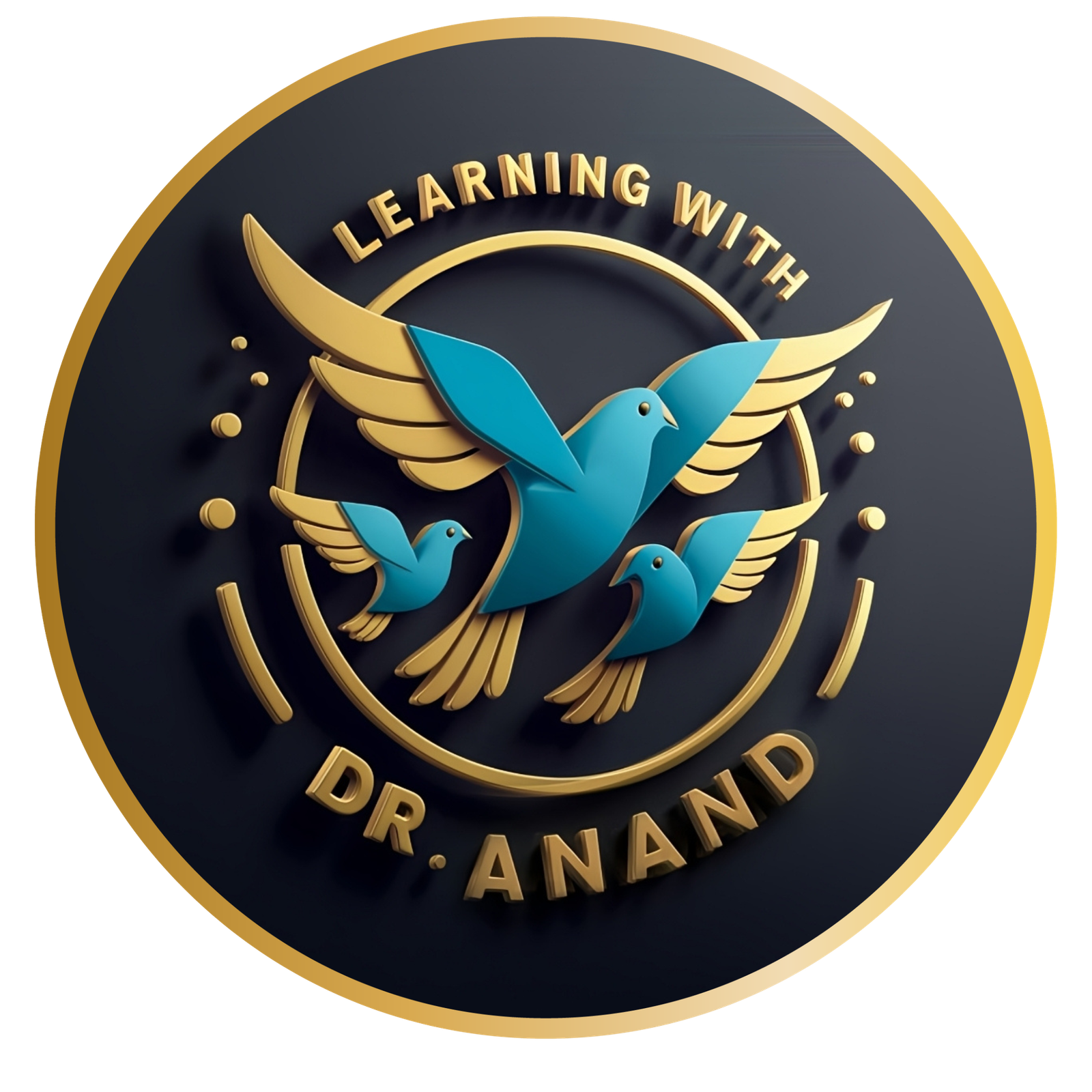In the realm of business, success is not solely determined by innovative products or cutting-edge technology. It is the people within an organization who hold the key to sustainable growth and prosperity. Human Resource Management (HRM) is the art and science of nurturing and optimizing the potential of these individuals. In this blog, we will embark on a journey to unravel the significance of HRM, exploring its key functions, best practices, and the evolving role it plays in shaping organizations in the modern era.
Understanding Human Resource Management:
- Recruitment and Selection: Effective HRM begins with attracting and selecting the right talent. This involves crafting compelling job descriptions, utilizing diverse recruitment channels, conducting interviews, and assessing candidates’ fit for the organization’s culture and goals. Strategic recruitment practices ensure that organizations have the right people in the right positions.
- Training and Development: Investing in employee development is paramount to foster a skilled and engaged workforce. HRM encompasses identifying skill gaps, designing training programs, providing coaching and mentoring opportunities, and encouraging continuous learning. By nurturing their employees’ potential, organizations not only enhance individual performance but also improve overall organizational effectiveness.
- Performance Management: HRM oversees performance appraisal systems that provide feedback, evaluate employee contributions, and identify areas for improvement. Setting clear goals, providing regular feedback, and recognizing achievements are essential to motivating employees and aligning their efforts with organizational objectives.
- Compensation and Benefits: Designing fair and competitive compensation packages is crucial for attracting and retaining top talent. HRM establishes compensation structures, evaluates market trends, and ensures that employees are rewarded equitably for their contributions. Additionally, providing attractive benefits and work-life balance initiatives enhances employee satisfaction and well-being.
- Employee Relations and Engagement: Maintaining positive employee relations fosters a harmonious work environment. HRM plays a critical role in handling grievances, conflict resolution, and ensuring compliance with labor laws. Moreover, promoting employee engagement initiatives, such as team-building activities, recognition programs, and open communication channels, strengthens the bond between employees and the organization.
- Diversity and Inclusion: Embracing diversity and fostering an inclusive culture are key drivers of innovation and organizational success. HRM promotes diversity in recruitment, provides training on unconscious bias, and establishes policies that ensure equal opportunities for all employees. By valuing diverse perspectives, organizations can tap into a wide range of talents and create a more vibrant and dynamic workplace.
The Evolving Role of HRM in the Modern Era:
In today’s rapidly changing business landscape, HRM has undergone a transformation, assuming a strategic role in organizational success. It has moved beyond administrative tasks to become a strategic partner, driving talent acquisition, retention, and development strategies aligned with business objectives. Here are some key aspects of the evolving role of HRM:
- Strategic Planning: HRM collaborates with senior leadership to align HR strategies with overall business goals. By understanding the organization’s vision, HRM can develop workforce plans, succession planning strategies, and talent management initiatives that support long-term success.
- Change Management: In times of organizational change, HRM plays a vital role in managing transitions effectively. From restructuring to technological advancements, HRM ensures that employees are supported through periods of change, facilitating smooth transitions and minimizing disruption.
- Employee Well-being and Work-life Balance: Recognizing the importance of employee well-being, HRM promotes initiatives that prioritize work-life balance, mental health support, and employee wellness programs. By creating a supportive work environment, organizations can enhance productivity, reduce turnover, and attract top talent.
- Data-Driven Decision Making: Leveraging technology and analytics, HRM utilizes data to make informed decisions. HR metrics and analytics help identify trends, measure employee performance, and provide insights for strategic

